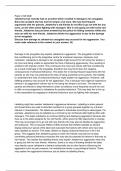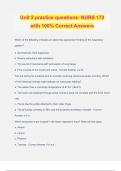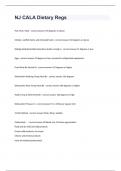Exam (elaborations)
criminological psychology Q9 2022 amygdala essay (8) scenario
- Institution
- PEARSON (PEARSON)
scenario 8 marker on discussing the role of amygdala in explaining aggression, essay including 3 PEEL paragraphs and competing arguments for high level marks
[Show more]












